Technology is rapidly changing and staying on the cutting edge of trends can be difficult to keep up with – however, never has agility been more important for organizations striving for success and growth. In this article, we’ll take a look at the top 5 agile trends you should follow in 2023 and beyond to reach your goals and unlock growth.
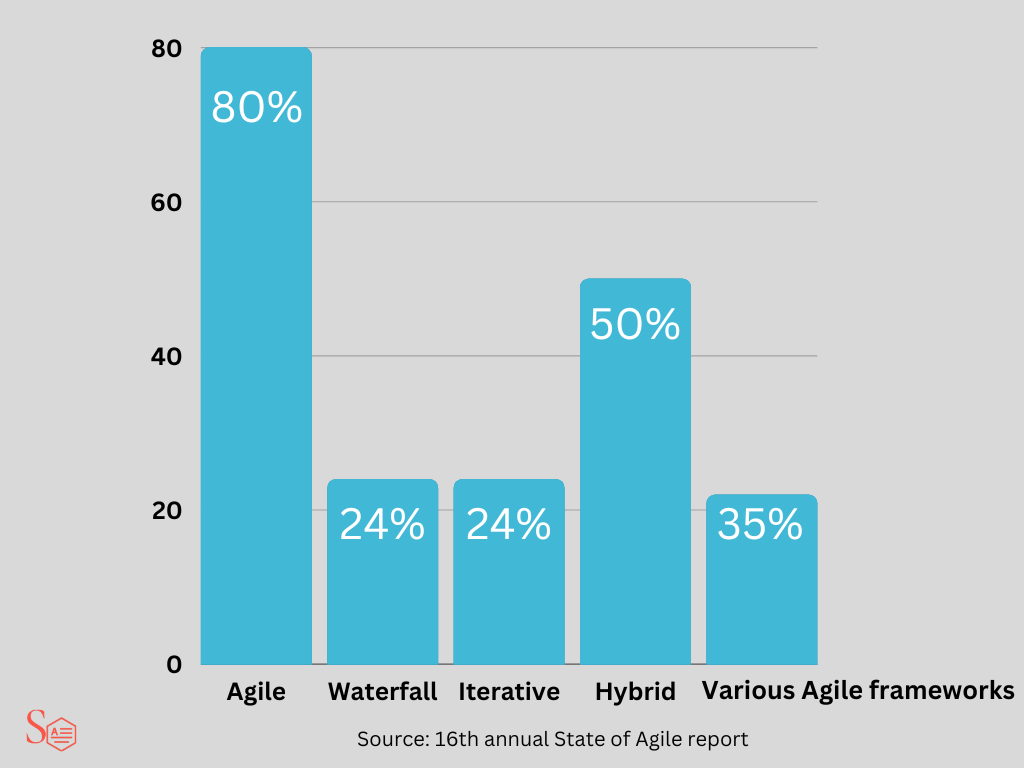
Source: 16th State of Agile Report
Introduction: What is Agile?
Agile methodology has been gaining popularity in recent years as a way to streamline and speed up product development cycles. The agile approach is all about increasing efficiency and delivering value to customers quickly and iteratively.
Through the agile approach, complex development and operational processes can be streamlined, enabling project managers to deliver projects in functional stages, where changes can be made more easily.
There are many different flavors of agile, but the most common ones are Scrum, Kanban, and Extreme Programming (XP). Each with its own set of principles and practices that help teams work more efficiently.
Some of the key benefits of agile are its adaptability, visibility, time to market, and team morale. All of these factors combine to make agile a very attractive option for businesses looking to stay ahead of the competition.
With that said, let’s take a closer look at each of these benefits in detail:
1) Adaptability: Agile emphasizes responding to change rather than following a plan. Why is adaptability so important at all levels of the organization? An organization’s growth inevitably causes it to become more complex, and as anything becomes more complex, it tends to slow down.
Now how does agile promote adaptability? In order to facilitate adaptability, Agile teams practice iterative development, in which the team plans and completes work in small stepping stones.
2) More Visibility: No matter who you ask, top of the list for any CEO would be having better visibility in their company. This helps them make more informed decisions. It also amplifies transparency and accountability among team members. Furthermore, it enhances the agility of the organization; everyone is in sync, making it easier to adjust strategies and move swiftly with changes in the marketplace.
With Agile practices and principles, visibility can be increased over time. One very practical way to increase visibility is to use Kanban. The Kanban visual management tool is commonly used by Agile organizations to visualize the work processes and workflows.
3) Increased Alignment: The increase in adaptability cannot occur without an increase in alignment. In Agile, alignment is both internal and external. In order to satisfy the customer, Agile teams must self-organize and be autonomous. The first of 12 guiding principles of Agile software development is to deliver early and continuously.
Creating internal alignment begins with self-organizing, self-motivated Agile teams, which bring business alignment, experience, collaboration, and a proven track record to ongoing projects.
As part of the development process, regular feedback interactions with customers (both internal and external) are crucial to external alignment.
Trends to watch out-
Trend 1: Adopting Agile Frameworks
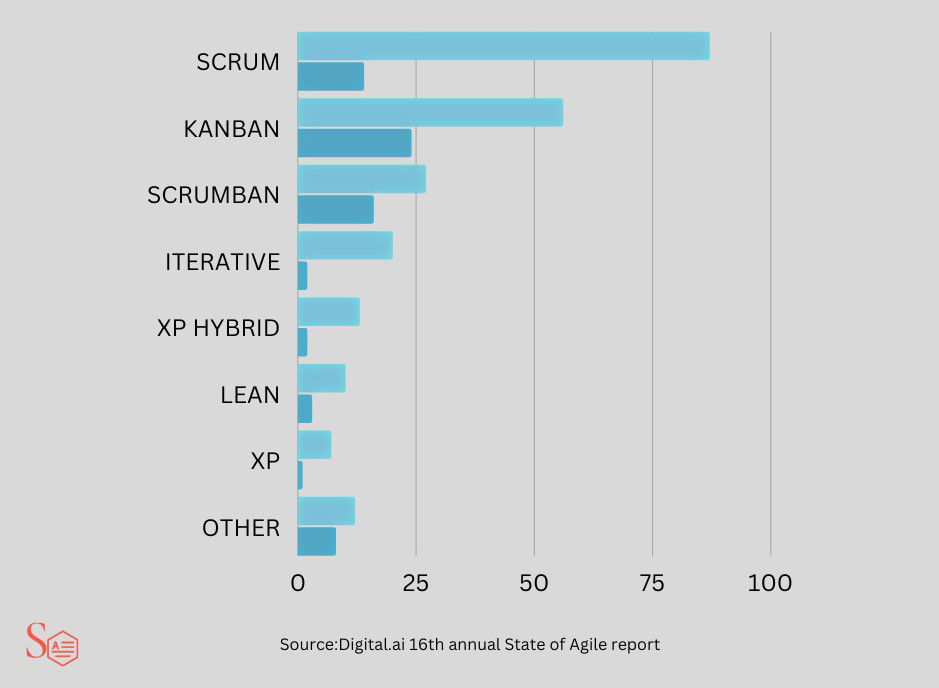
Source: 16th State of Agile Report
There’s no doubt that agility is a key driver of growth. But what does it mean to be agile? Adopting agile frameworks is one way businesses can become more nimble and responsive to change.
Agile frameworks provide a set of principles and practices that help organizations move quickly and adapt to change. They emphasize collaboration, iterative development, and regular feedback.
Many businesses are turning to agile frameworks like Scrum and Kanban to improve their speed and agility. While also providing Agile team members with new ideas and a cohesive understanding of the Agile roadmap through short-term agile training certification courses. Scrum is a popular framework for managing software development projects. It emphasizes teamwork, constant communication, and delivering value early and often.
Kanban is another popular agile framework that helps teams visualize work, identify bottlenecks, and optimize flow. Its goal is to help teams work more efficiently by eliminating waste and maximizing value.
The Scaled Agile Framework® (SAFe®) is the most widely adopted enterprise Agile approach according to most survey data, and it is a complete methodology for large-scale Agile project teams to seamlessly implement Agile transformations. The first step to such a change is to apply Lean/Agile principles and practices at every level of the organization. By leveraging Scaled Agile Framework, enterprises can make quicker decisions, communicate more effectively, streamline operations, and stay customer-focused.
Adopting an agile framework can help your business become more responsive to change and better able to meet the demands of the market.
Trend 2: Integrating Automation into Your Agile Processes
There’s no question that automation is a powerful tool for Agile processes. By automating tasks, you can speed up your process and make it more efficient. In fact, many companies are already using automation to streamline their Agile processes.
One way to automate your Agile process is to kick off automation for the team, you’ll need to think hard about the aspects for automation and why it is being done. Start by figuring out what tasks can be automated, what areas cause issues, and any testing difficulties. If you don’t yet have automation in place, then a multi-layered approach focusing on unit tests will yield the greatest returns on investment.
If you’re looking for ways to improve your Agile process, consider integrating automation into your process. Automation can help you speed up your process and make it more efficient.
Trend 3: Taking Advantage of Cloud Technologies to Reduce Development Time
As enterprises move more of their workloads and data to the cloud, they are taking advantage of cloud technologies to reduce development time. Cloud-based development tools and platforms offer a number of benefits, including reduced cost and improved agility.
One benefit of using cloud technologies for development is the ability to scale quickly and easily. When an enterprise needs to add new functionality or capacity, it can do so quickly by adding new resources in the cloud. This flexibility is not possible with on-premises development environments.
In addition, cloud-based development tools and platforms offer a number of other advantages. For example, they can provide access to a larger pool of talent, as developers can work from anywhere in the world. They can also offer increased collaboration opportunities, as developers can share code and work on projects together in real time.
Trend 4: Utilizing AI and Machine Learning for Quality Assurance
Artificial intelligence (AI) and machine learning are increasingly being used for quality assurance (QA). This allows organizations to automate QA processes and improve the accuracy of their testing.
AI and machine learning can be used to test software applications for bugs and errors. By using these technologies, organizations can find and fix issues more quickly and efficiently. Additionally, AI and machine learning can help assess the quality of code and identify areas that need improvement.
Implementing AI and machine learning into QA processes can help organizations save time and money while ensuring that their products are of high quality. Additionally, it can help create a more Agile development process by making it easier to identify and fix defects early on in the development cycle.
Related Blog: AI and Agile: The Power of Combining Two Great Things
Trend 5: Enhancing Collaboration with Agile Project Management Tools
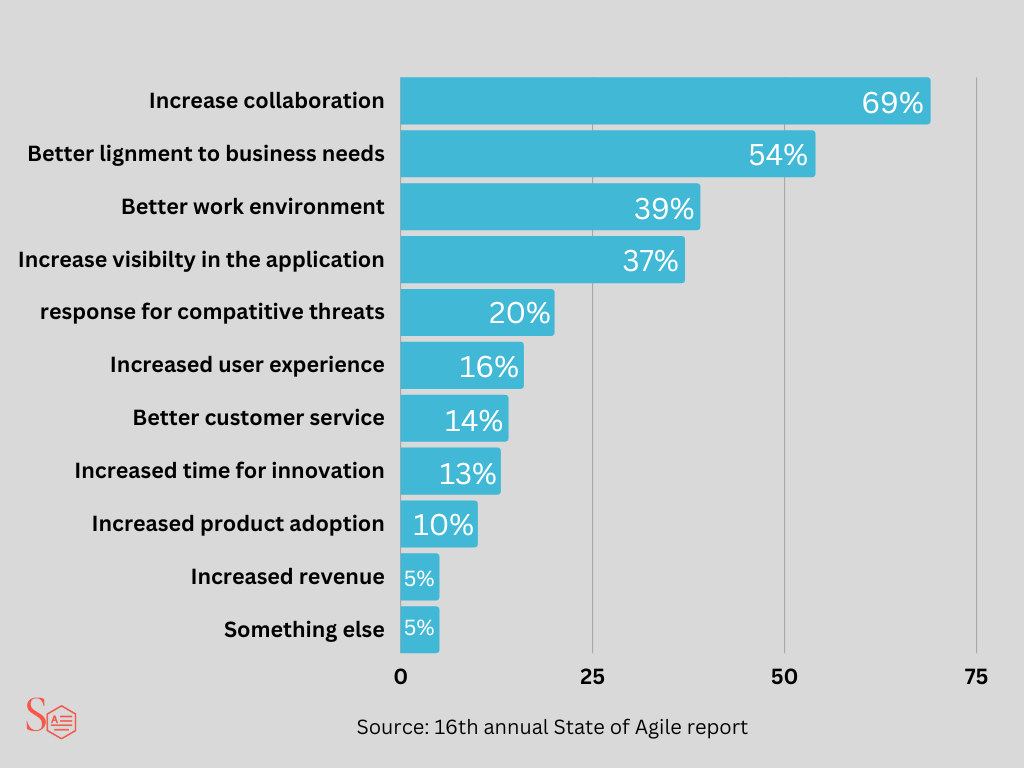
Source: 16th State of Agile Report
As the world continues to become more interconnected, businesses are increasingly relying on teams that span geographic boundaries. To meet the needs of these distributed teams, organizations are turning to agile project management tools.
With agile tools, businesses can create real-time visibility into project progress and performance. This transparency promotes collaboration and helps to ensure that everyone is working towards the same goal. Additionally, agile tools can help to keep projects on track by providing clear deadlines and milestones.
Organizations that embrace agile project management tools will be well-positioned to unlock growth in the years ahead.
Be Agile, Keep Your Customers First in 2023
It’s important for companies to adapt to agile in ways that make them a true customer company in 2023 and beyond. On an Enterprise level, here are a few new strategies to help them survive and thrive:
- Assist your teams in becoming more adaptable and agile.
- Teamwork Begins with Inclusivity
- An integrated approach to design thinking and business agility
Conclusion
Growth agility is a powerful tool to help your business stay competitive in an ever-dynamic market. By embracing the top five trends we have covered, organizations can unlock unprecedented opportunities for growth and create new markets of their own. It’s now time to put the predictions into action: assess which areas need improvement, leverage technology and analytics to drive innovation, acquire customer insight through personalization marketing techniques, and most importantly—know when not to be afraid of failure. When used strategically, these principles can propel any organization towards success in 2023 & beyond.

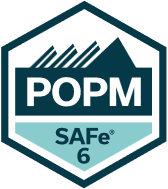

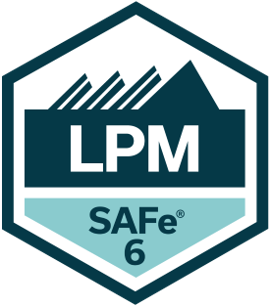




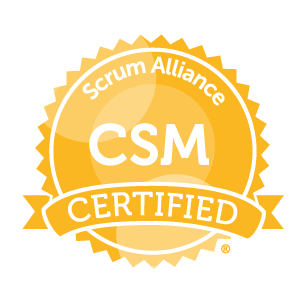

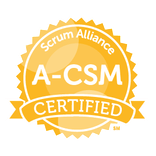













3 Responses
I used to be recommended this website by means of my cousin. I’m no longer positive whether or not this publish is written through him as no
one else recognise such detailed approximately my difficulty.
You’re amazing! Thank you!
I am regular reader, how are you everybody?
This post posted at this web site is in fact pleasant.
My brother suggested I might like this web site.
He was totally right. This post actually made my day.
You cann’t imagine simply how much time I had spent for this information! Thanks!